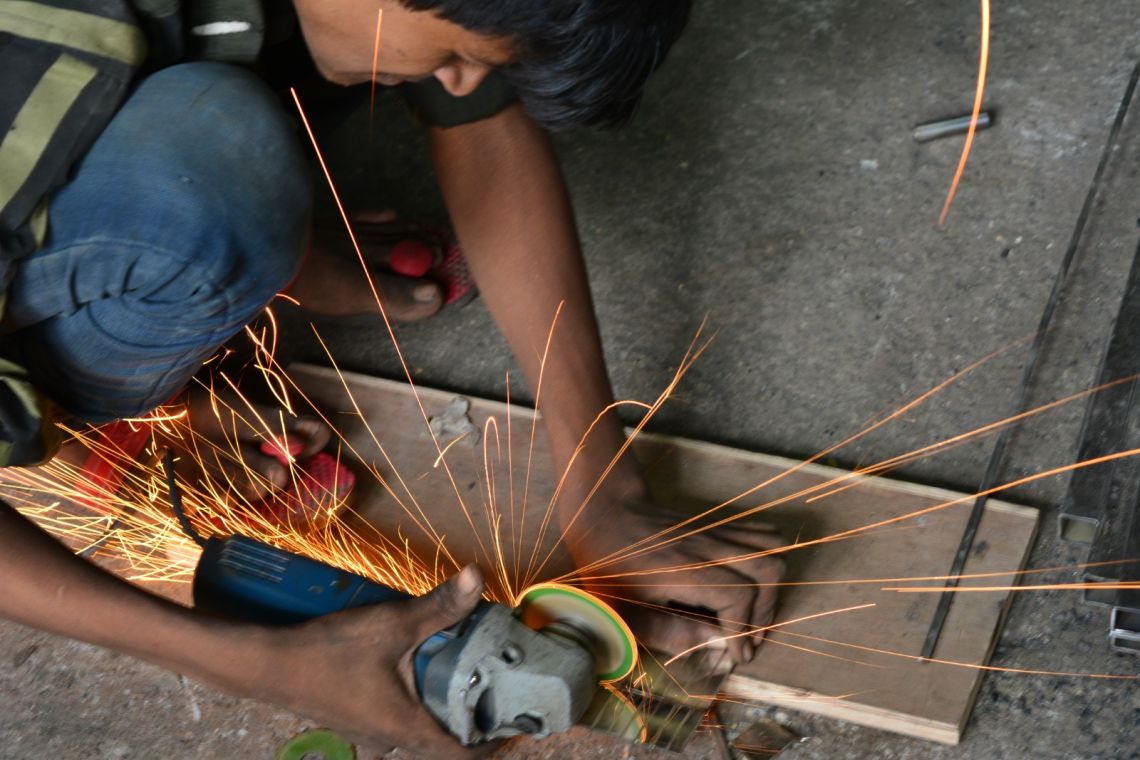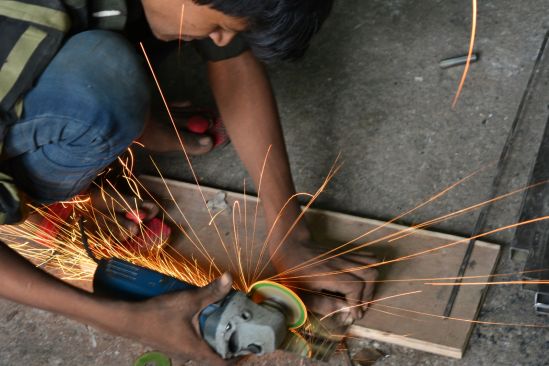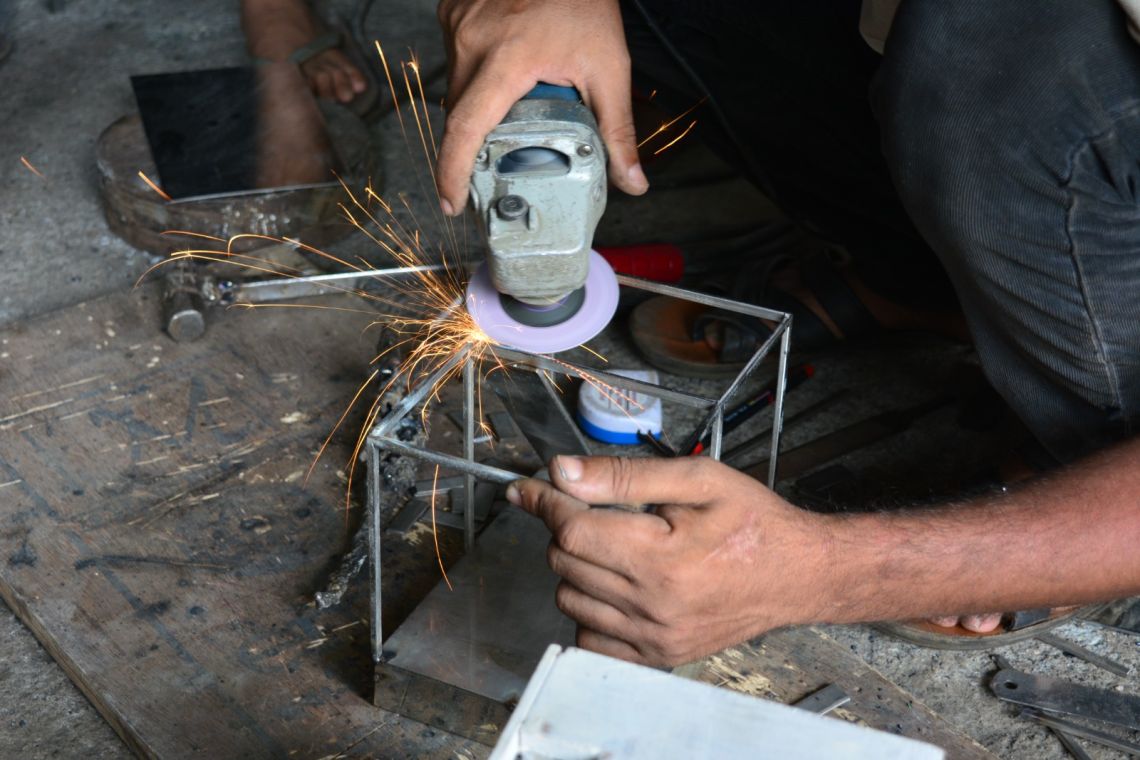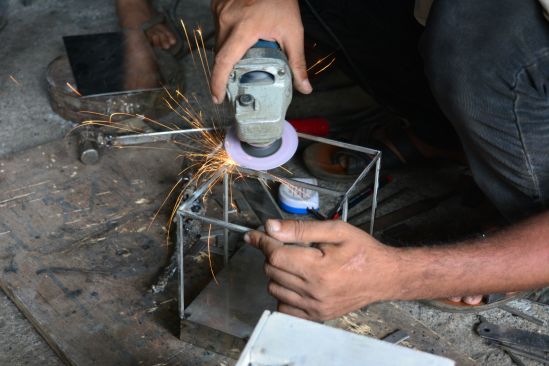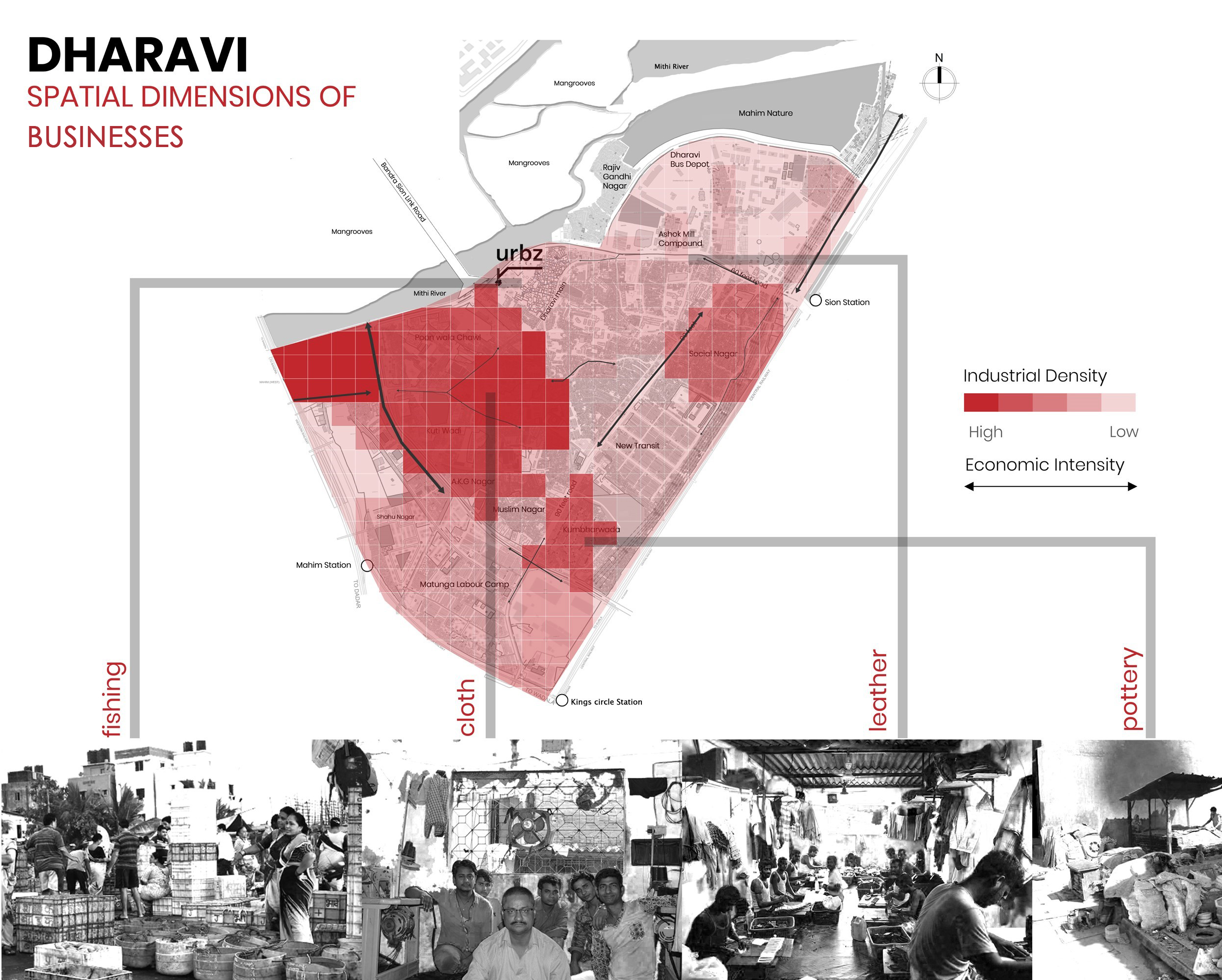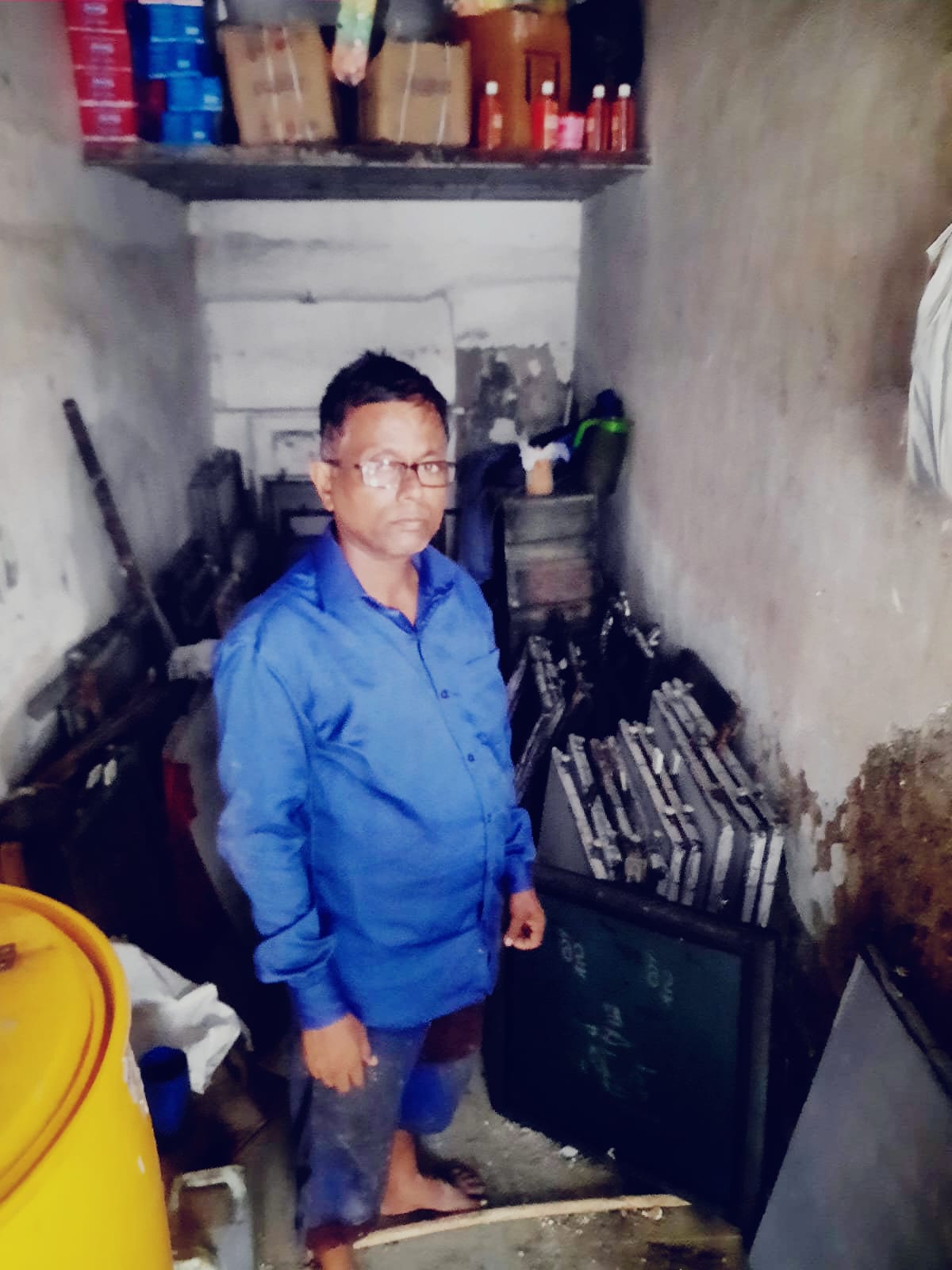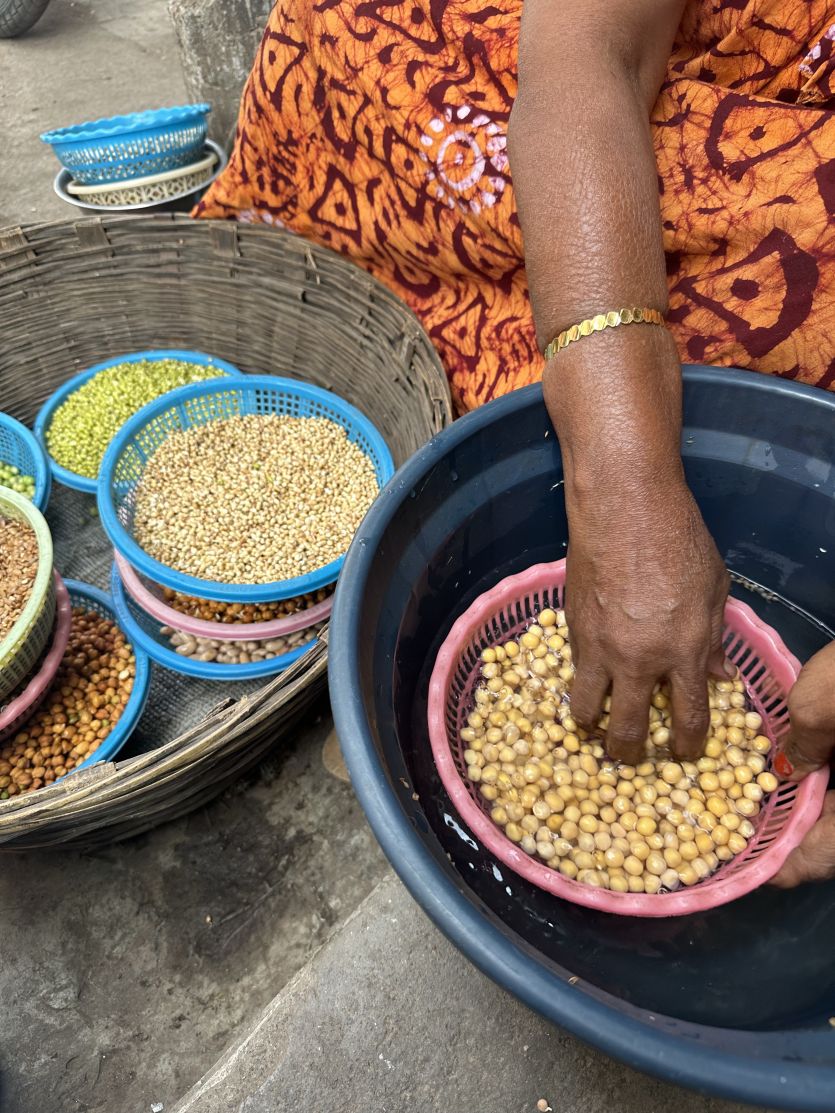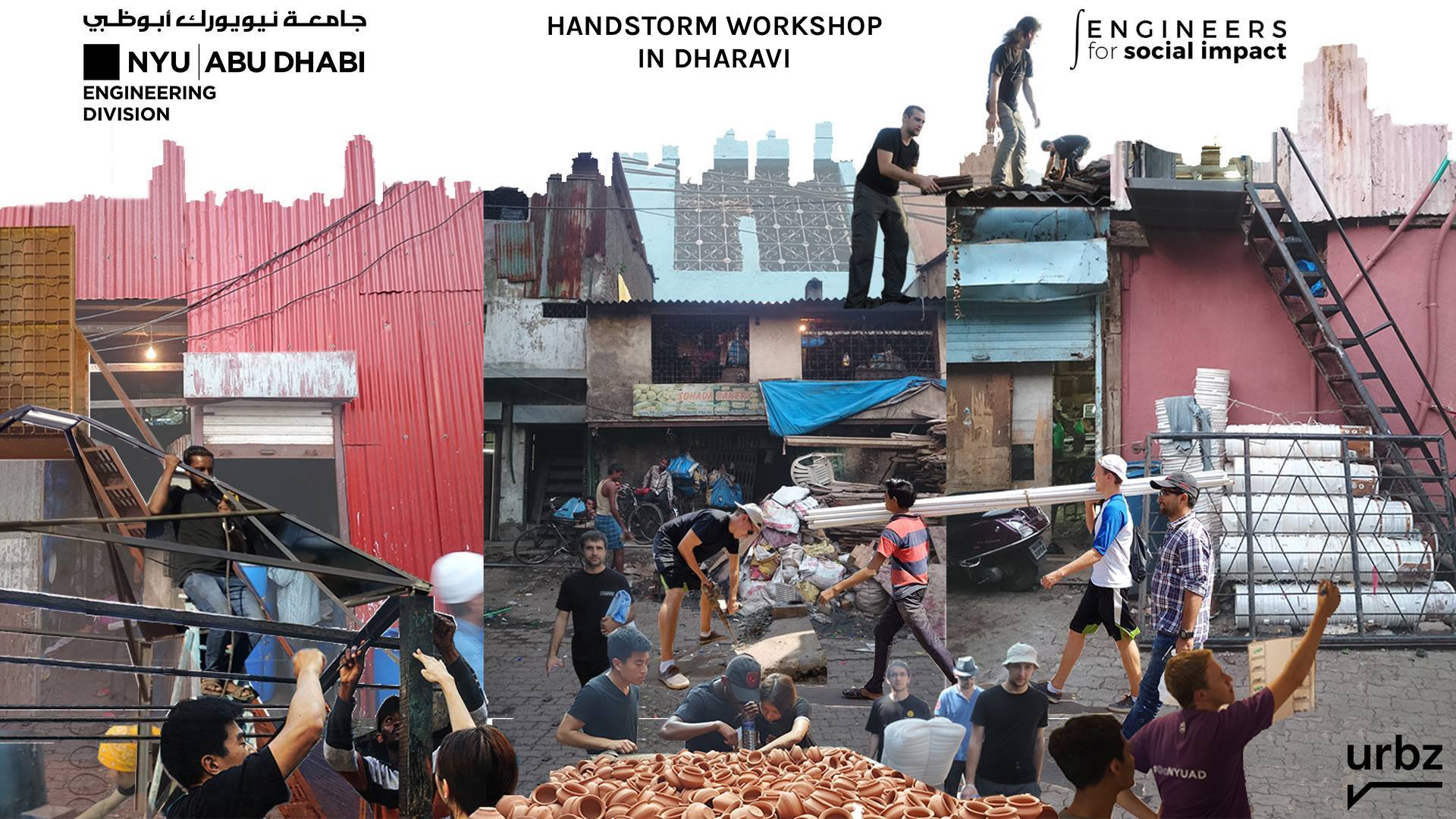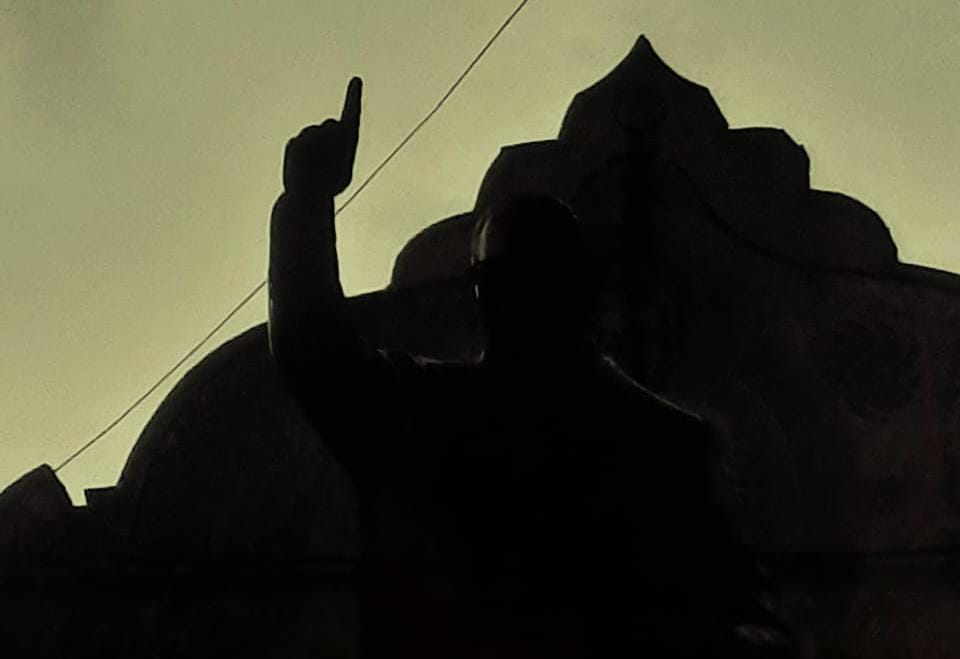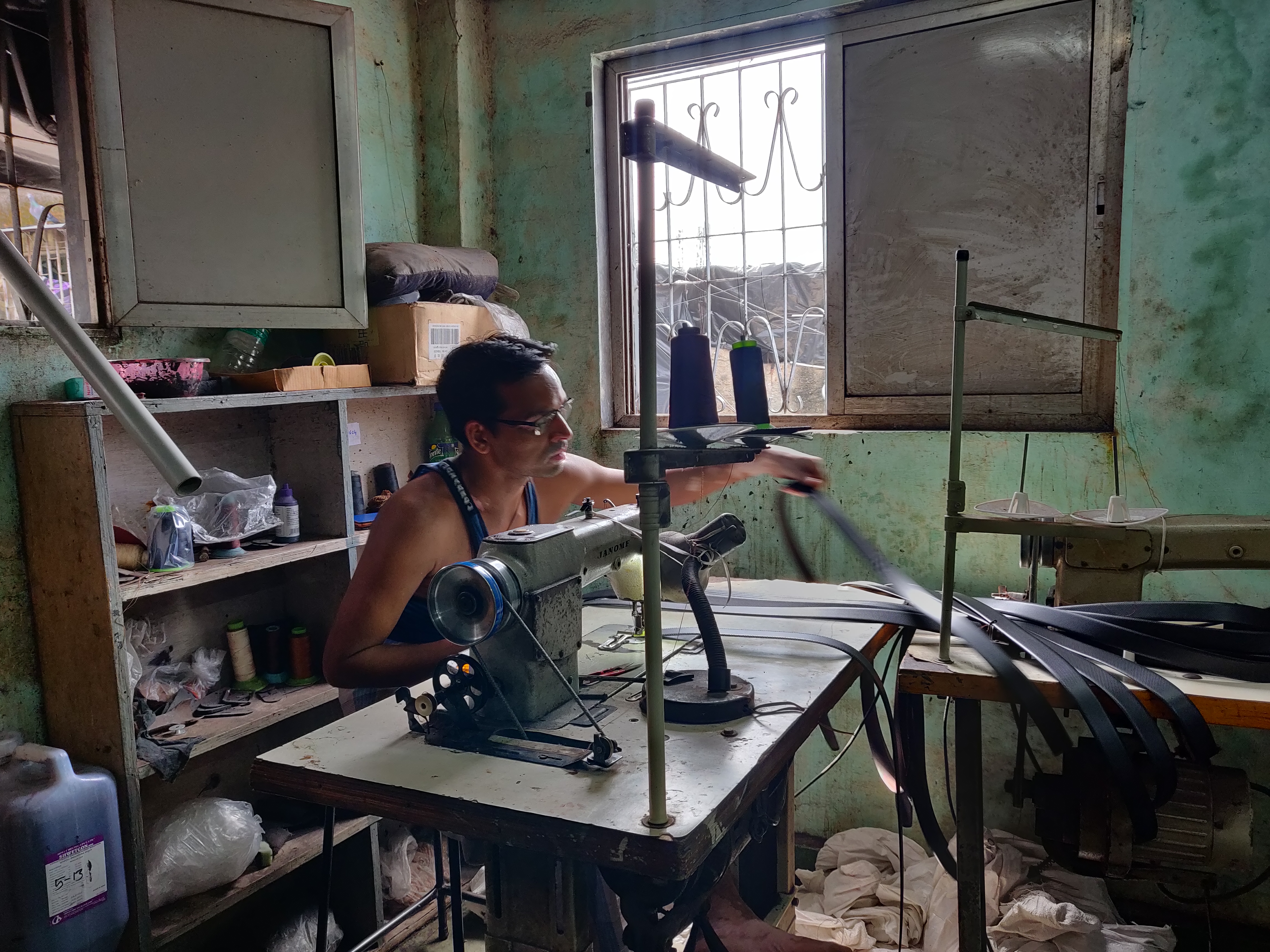The Hand of Fate - An Artisan's story
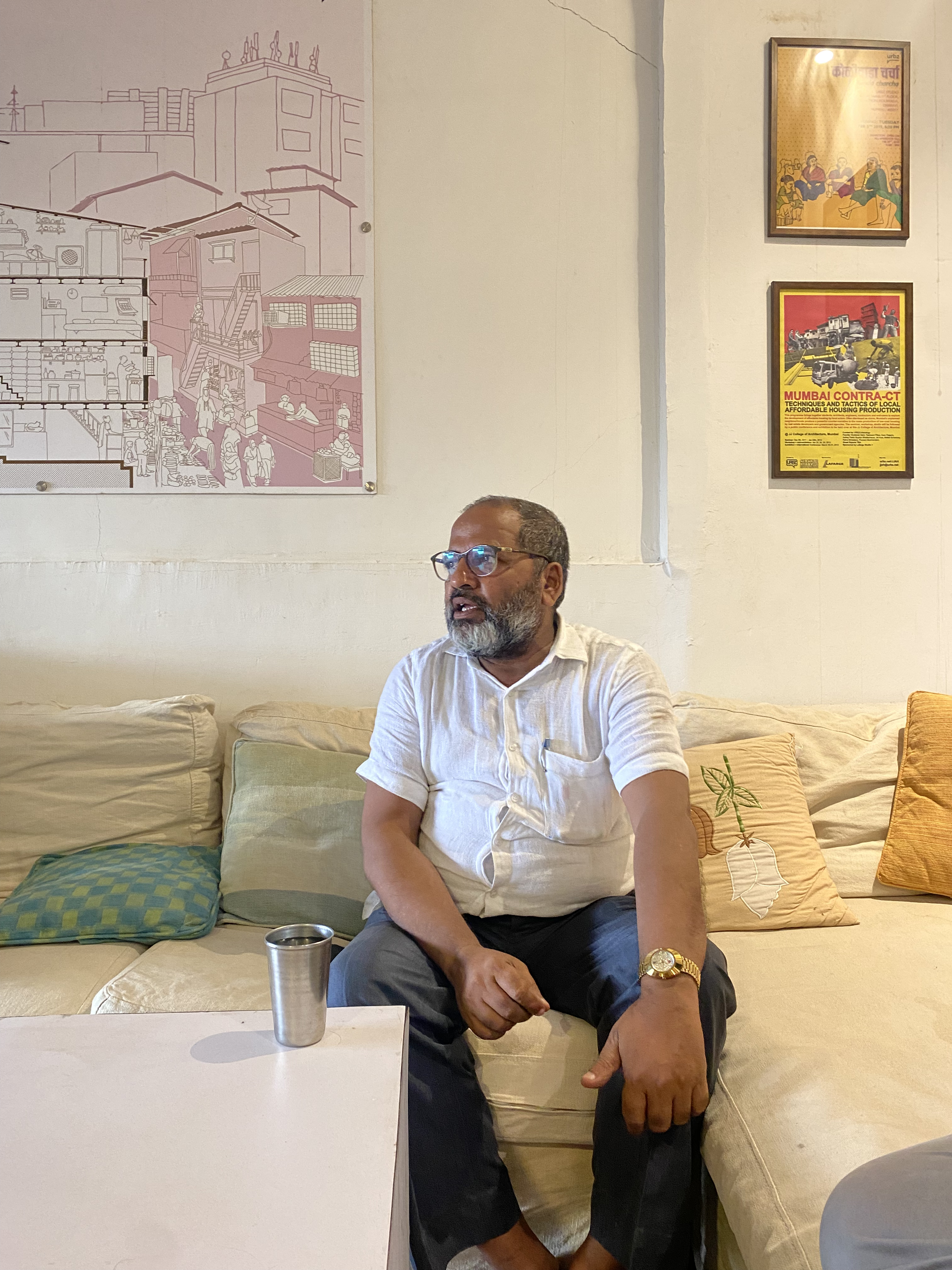
The Hand of Fate - An Artisan's story
Either an unexpected twist of fate or perhaps a stroke of luck brought Tahir Bhai to Dharavi. His journey to Mumbai was clouded by the pain of an injury he sustained at the age of 11 when his grandmother and he set off on a journey from a small town in Uttar Pradesh to the city of dreams. Little did he know that this journey would transform his life and Dharavi would become a place he'd forever call home.
Tahir Bhai arrived in Mumbai at the tender age of 11 upon which he explored a variety of jobs from trying his hand at embroidery to working as a ragpicker, each job eventually leading him to discover his true zeal for fabrication and design. His ability to perform quick maths and determine measures in the blink of an eye, even before you could reach out for your calculator leaves you spellbound. He humbly credits his knowledge to the people he has met along his way, from architects to engineers, whose company he sought at different stages of his journey. He oddly refers to himself as a ‘Zero’, a label that seems out of place for someone who achieved a turnover of 2.4 crores in the previous fiscal year but then it hits me that his self-worth isn't tied to his success, but to his humility that dignifies labour and values human virtues ultimately shaping his view of this world.
Tahir Bhai had made up his mind to pursue fabrication but securing steady work became the next hurdle. He used to regularly visit the junction near Sai Hotel in Kurla, which was a hub for daily wage labourers looking to find work. His first opportunity presented itself in the form of a quotation from an acquaintance to design a kitchen for their house. Reality soon kicked in when he realised that while he had received the gig, he lacked the skill to complete it. In yet another episode of Kismat ka Khel (Hand of Fate), his brother-in-law, who was experienced in the fabrication venture came to his rescue and gave him the apprenticeship to complete his first gig. Tahir bhai had made a decent profit of Rs. 4000 from his first job which further encouraged him to pursue this line of work. Today, Tahir Bhai’s fabrication shop stands tall in the busy streets of Grant Road where contractors line up to get hold of him and his time.
A sense of nostalgia buries Tahir bhai as he is reminded of his childhood days back in his village in Uttar Pradesh. He remembers being his grandmother’s favourite and the warmth of being cradled in her arms. He paints a brief picture for us of his days in the village where you would often find him amidst the crowd of village elders wanting to hear his quick-witted responses. He, along with his friends would wander around the village like vagabonds playing Gilli Danda (Street Cricket) and Kancha (Marbles) until dawn would set in. Tahir bhai feels that the dichotomy between city life and village life is undeniable. The freshness of the air you breathe in the village is a stark contrast to the stifling atmosphere of a city.
Fear gripped many parts of Dharavi which had not seen such a riot in many decades. It takes people from varied kinds of environments to form a ‘settlement’ but it takes just a spark for its unsettling.
The memories of the 1992 Communal Riots are still fresh in Tahir Bhai’s memory. The atmosphere around Dharavi had eroded as if a storm had gathered on the horizon. The communal tension during and after the riots had paralysed Mumbai like never before. Tahir Bhai recalls the aftermath of the riots where the streets of Dharavi were deserted and lockdowns were imposed to restrain commotion. People would often seek to know your religious identity before engaging in conversations. Tahir Bhai, who at that time was residing with his maternal uncle in Dharavi was given clear instructions not to leave his residence under any circumstance. Things have changed for the better, he says. People now live together in communal harmony and apart from politicians with vested interests, everyone shares a common meal from the same Thali (Plate).
According to Tahir bhai, the greatest strength of Dharavi lies in the quality of the people who reside here. The localised economy of Dharavi has helped people become socially resilient and economically empowered to a great extent. From the people working in the leather industry to Koliwada fisherfolks in Dharavi, you will find people from all walks of life living here.
